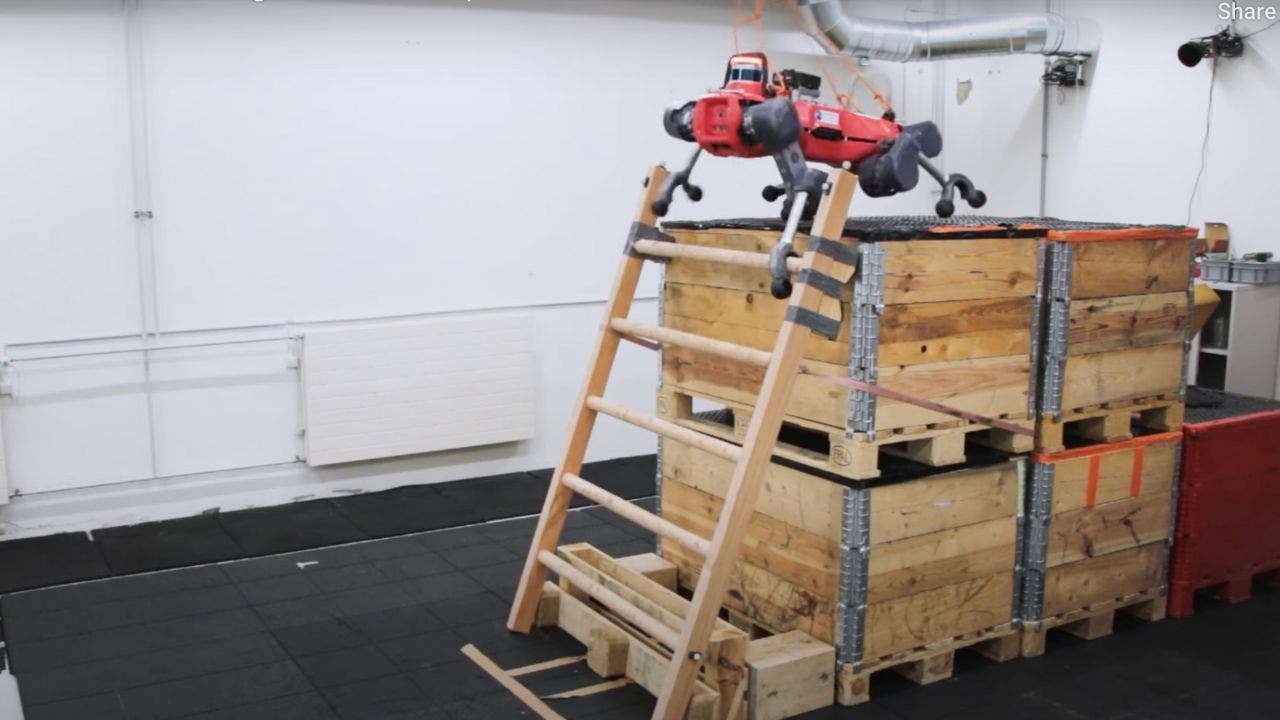Laurentian student testing foraged foods for metal and nutrient content
An undergraduate biology student at Laurentian University in Sudbury, Ont., is doing some research that has caught the attention of local food foragers.
Mackenzie Hobbs has started collecting fiddleheads, mushrooms and eventually blueberries for her thesis into the metal and nutrient content of these wild, urban foods.
While she’s majoring in biology, her minor is in environmental chemistry.
On a fragrant spring morning along an undisclosed section of Junction Creek, she along with Laurentian researcher and Queen’s PhD student, Max Lakanen are hunting for fiddleheads.
There are dozens of fern species in Ontario but the emerging nubs of the ostrich fern are the most commonly picked for consumption by fans of the tender green wild vegetable.
Hobbs is looking for fronds just a few centimetres tall and snaps off just a couple in the clusters that emerge so that they aren’t over harvested.
“We’re trying to replicate what people would be doing naturally to bring home and cook up, so generally it’s below 15 centimetres,” she said.
She carefully places them in a paper bag and labels them with a date and location.
Those, along with soil samples will be sent for testing for metals and nutrients at a local laboratory.
She’ll also be looking for various kinds of mushrooms including morels, chanterelles and lobster mushrooms, and low-bush blueberries for the same treatment with results expected in about a year.
Hobbs says she’s not sure what to expect, but notes that studies of vegetables grown in local gardens have not been found to contain high levels of metals.
Lakanen explains that plants primarily take up metals from water rather than soil.
“Obviously we do have a historic use of mining in the area and we can see that signal in the soils,” he said.
But he added that the soil isn’t eroding and the metals seem to be staying there and not being taken up by the plants, and he said the study is not focused on metals from mining specifically.
Lakanen said that undergraduate theses don’t usually attract a lot of attention, but he said this one is different.
“I think there has been an increase in foragers, although I don’t have any numbers to back that up,” he said. “What we have seen with this study is a massive amount of support.”
That support is important, say Lakanen and Hobbs, who rely on local foragers to direct them to good harvesting spots.
As for Hobbs, who is from Espanola, she says her work is driven, in part because members of her family forage for wild food.
She’s hoping people can email her at mhobbs4@laurentian.ca if they want to share a good spot to responsibly harvest, especially mushrooms and blueberries for testing.




